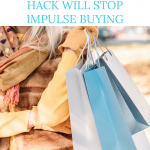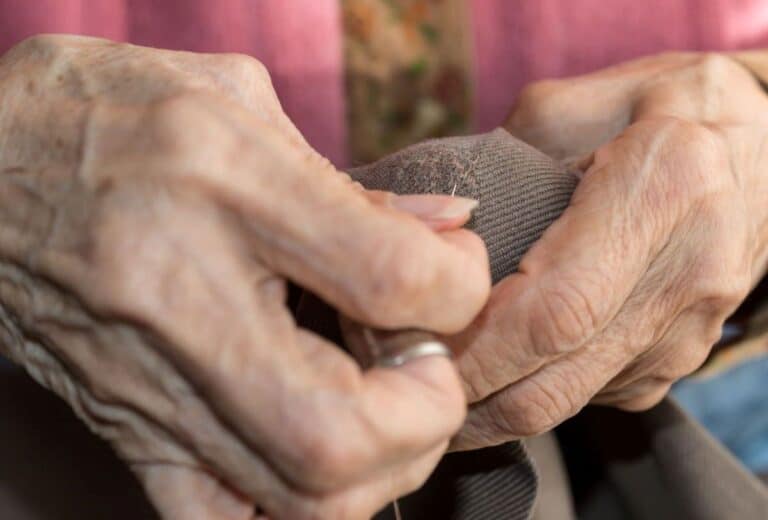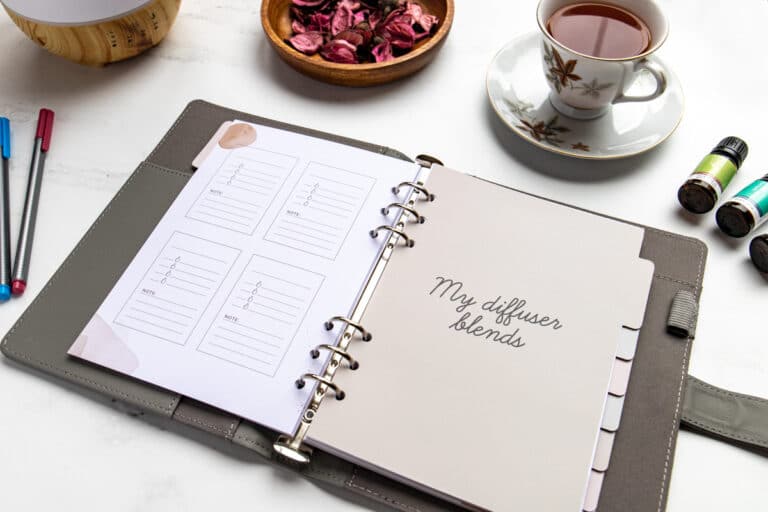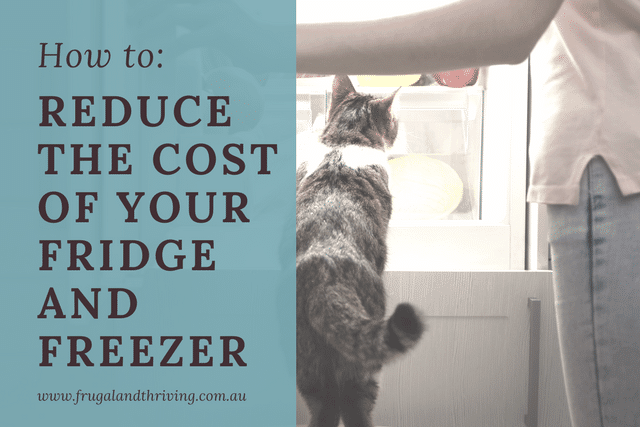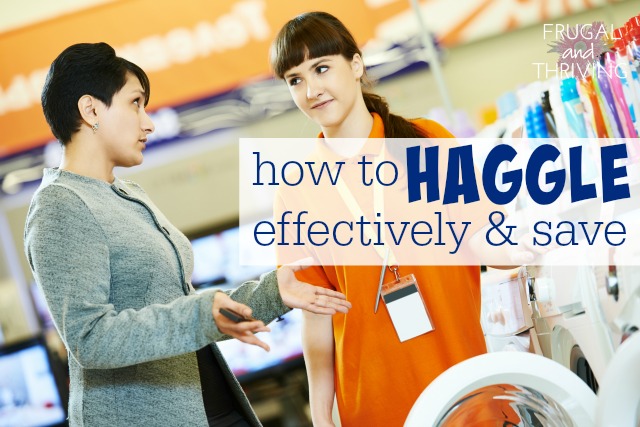How to Stop Impulse Buying With This Little Known Psychology Hack
This website may earn commissions from purchases made through links in this post.
This article covers how to stop impulse buying by recognising the two main triggers and bullet-proofing yourself against these triggers.

Is shopping a hobby?
Is impulse buying damaging your overall financial health?
Do you shop when you’re feeling down or stressed? Does it give you a little moment of happiness?
If the answer is yes, then you’re not alone. Consumption is, after all, the foundation of our modern industrialised society. My biggest weakness when it comes to impulse buying is books.
We experience two triggers to impulse buy: one is external, like advertising. Seeing leads to buying.
The other trigger is internal – a desire to buy driven by a need within, and marketers know how to use these internal motivations to increase sales.
To beat the urge to impulse buy you need to tackle both the external and internal triggers.
This article covers how.
External Triggers to Impulse Buying
Shops and the products they sell are external triggers to buy. Seeing the dress in the window triggers the temptation to own that dress.
But the shops aren’t the only forms of temptation. Business owners have to get you into the shops in the first place and advertising is the way they do that.
Advertising is everywhere, all the time. And while advertising isn’t all bad – it’s a great way to learn about quality products that fill your needs – there’s a difference between filling a need and filling a void.
And it’s the void advertising targets.
Avoiding External Triggers
We can, and should, employ tricks to limit the impact of temptation. These include:
- avoid the shops as much as practical (avoid making shopping a hobby),
- leave the credit card at home when you do go to the shops (shop with a purpose),
- reduce media consumption
But the reality of modern society is that there’s no escaping the call to buy.
Instead, we have to bullet-proof ourselves against these external triggers to buy. And to do that, we have to look inward.
Internal Triggers to Impulse Buying
According to studies done on impulse buying, there are two types of purchases.
The first is the purposeful buy. We have a specific need to fill. We think: “Aha! I’ve run out of toothpaste. Time to go and get some more.”
The other type of purchase is an impulse buy, triggered by an external stimulus like the one described above.
We see that dress (in the shop, in a magazine, on Pinterest) and we have an overwhelming desire to acquire it.
I’m going to throw in my own theory here: an impulse buy is actually a purposeful buy in disguise.
Impulse buying actually meets an emotional need, one we might not be conscious of.
We may be unconsciously trying to buy happiness, confidence, fun, popularity, love, romance, stress-relief, to name just a few possibilities. For me, the drive to buy books stems from a deep-seated belief that I’m never going to have enough knowledge – that I’ll never be smart enough. Knowledge is both my pride and weakness and it drives me to buy books that I don’t have time to read.
Impulse buying isn’t inherently bad. It’s ok to see something you like and to feel good about buying it.
The problem is when impulse buying becomes habitual to the point that it’s damaging your overall financial health and/or it’s acting as a panacea to an underlying feeling of inadequacy or unhappiness.
And there’s a possibility we all suffer, to some degree, from feelings of inadequacy.
The Culture of “Never ____ enough” and How It Makes Us Spend More Money
Brene Brown, in her work on shame and vulnerability, describes a pervasive element of modern culture: the “never ____ enough” mindset.
Never good enough, pretty enough, rich enough, happy enough, young enough, green enough, patient enough, healthy enough, fit enough, energetic enough, spiritual enough, safe enough, extraordinary enough, smart enough…
As Lynne Twist puts it so well:
“For me, and for many of us, our first waking thought of the day is ‘I didn’t get enough sleep’. The next one is ‘I don’t have enough time.’ Whether true or not, that thought of not enough occurs to us automatically before we even think to question or examine it. We spend most of our hours and the days of our lives hearing, explaining, complaining or worrying about what we don’t have enough of… Before we even sit up in bed, before our feet touch the floor, we’re already inadequate, already behind, already losing, already lacking something. And by the time we go to bed at night, our minds are racing with a litany of what we didn’t get, or what we didn’t get done that day… This internal condition of scarcity, this mindset of scarcity, lives at the heart of our jealousies, our greed, our prejudice and our arguments with life.”
[ source]
And how do we often deal with these feelings of scarcity, inadequacy and fear?
We buy.
“We’ve been sold a myth. And the myth is that acquiring the things in our life, in the pursuit of a living environment filled with things is going to grant us security – most of us take it so far as to say it is going to grant us happiness. And in the pursuit of these things, we begin to identify with [them].”
[source]
Can We Buy Our Way to Happiness?
Can ‘more’ make us happy?
To a small degree, the answer is yes.
Studies have shown that people’s happiness rises steadily with income but then levels off. Poverty is not fun, but once you reach a point of sufficiency, you can’t buy more happiness.
Sonja Lyubomirsky, professor of psychology and author of The How of Happiness, argues that happiness springs from three primary sources:
- 50% of our happiness is genetic – we all have a happiness ‘set point’; some people are naturally happier. Others (like me) have to work a little harder at happiness.
- 40% of our happiness can be attributed to our behaviour and and patterns of thought.
- 10% is determined by life circumstances. For instance, how much money we have, whether we are married or not, what we do for a living, where we live etc.
What is it that most of us focus on changing when we aren’t happy?
Yep. Our circumstances.
We change jobs, eat ice cream, find a new hobby, divorce, move…
…or buy something new.
When we’re unhappy, when we have feelings of ‘not enough’ we often spend money in an effort to change our circumstances and improve our wellbeing.
The Opposite to ‘Not____Enough’ is Sufficiency
Knowing that you are enough and that there is enough goes a long way to filling the void we so often try to fill with material possessions.
Feeling ‘enough’ is the meaning of sufficiency.
One of the most powerful ways to cultivate the idea of sufficiency is by practising gratitude – by giving thanks every day for all the good things in our lives.
By appreciating what is, what we are, what we have and what is good, we cultivate the feeling of sufficiency and overall happiness.
Sufficiency is not a state of finances (above a certain point), it’s a state of mind.
The act of appreciation leads to the feeling of sufficiency.
Gratitude: Your Psychological Armour Against Impulse Buying
Using gratitude to stop impulse buying sounds a bit woo-woo. But research shows that it is an effective way to curb temptation.
Because we impulse buy to fill an emotional void or to make ourselves feel happier, practising gratitude helps fill that void for free!
Thinking about and being thankful for what we already have and all the good things in our life increase contentment. We stop focusing on what we lack. When we have enough, we don’t need to spend money on things to fill the void. It’s not a perfect solution 100% of the time, but it does help.
The other reason gratitude can help stop impulse buying according to Psychology Today is it’s a mindfulness exercise. Often we shop without thinking. Being mindful, bringing your thoughts into the present rather than shopping distractedly can also you deal with external triggers to buy.
So when you’re tempted to go shopping (online or at the store) stop and write down ten things you’re thankful for.
In Summary…
Marketers know this: you don’t buy a product, you buy an emotion. A positive feeling.
But as we’ve seen, buying new things is not an effective way to increase your feeling of happiness.
Instead, when you cultivate a sufficiency mindset, paired with a reduction in media and advertising consumption (which is often explicitly designed to make us feel inadequate and insufficient), you will bullet-proof yourself from the temptation to impulse buy.
In other words, we need to learn what triggers us to buy and avoid those external triggers as much as possible.
We also need to work on our feeling of sufficiency, of ‘enoughness’ by practising gratitude. This helps us avoid the internal trigger of ‘lacking’ that makes us want to buy.
Some excellent resources used to write this post
For more information on developing a feeling of sufficiency, check out these resources:
- Daring Greatly Brene Brown (also check out Brene Brown’s The Power of Vulnerability TED Talk just because it’s good)
- The Soul of Money Lynne Twist
- Lynne Twist The Soul of Money (video) Lynne Twist (I highly recommend watching this video. Some of the concepts are truly inspirational).
- The Buying Impulse by Dennis W Rook. The Journal of Consumer Research Vol 14. No. 2 (Sept. 1987), 189-199
- What Motivates Impulse Buying
- The How of Happiness Sonja Lyubomirsky
- Adam Baker’s Sell Your Crap. Pay your Debt. Do What You Love. TEDxAshville Talk
You might also like:

